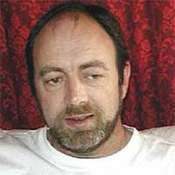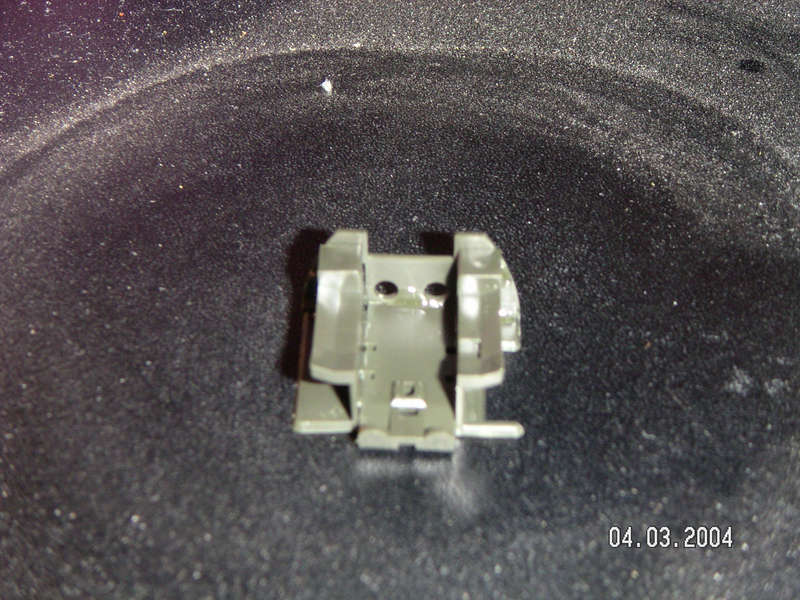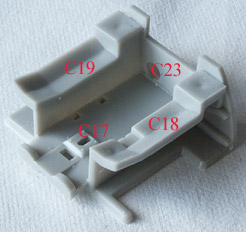antoniazzip, is correct about the European 1 scheme, but I don't think the Tamiya kit represents an aircraft that would have worn that scheme, as it's an early production version, I believe. Anyway It would be best to keep it simple, so scheme “A” is the one to go for :-)
OK, Brush painting is not my usual method, but that's cool, just requires a bit of lateral thinking on my part. Planning to airbrush paint is possibly different to hand painting, so I will have to give it a little thought. Won’t stop anything though.
Right so adding weight is your first consideration. The instructions state 25-30 grams and show it divided between the fuselage, behind the cockpit and in the nose wheel leg piece. The first thing you will need to do is find the required weight, lead shot, fishing weights, nuts and bolts, bits of metal, plastacine almost anything that will give you the weight. I would suggest something like fishing weights, I use fine lead shot. When you have the weight you then have to figure out how to install it. The instructions show to nice cylinders of weight, which could be simply superglued into position. Most anything else will require compartments to be built. Don't worry, find your weight first, then we will sort that out. The clear prop I referred to is part F6, on the clear sprue. For a more authentic looking A-10 the weight is the better option :-)
Yep ordnance is the bombs and missles, no problem, I thought that would be your answer.
Fine we can forget about the bording ladder.
You didn’t say, do you use liquid cement?
I build in sub assemblies and glue halves together while waiting for paint to dry etc. I have clear plastic cups to keep small items in, like the wheels, (I'll take a pic or 2 of my work area so you can see what I mean) Larger sub assemblies go in the kit box.
First thing is to study the make up of the cockpit and the nose wheel bay. Then cut the parts from the sprue and, before applying any glue, test fit the parts. Do this until you are happy that they will, a, fit and b, you understand how they go together. With liquid cement you can then position the parts and touch a brush, lightly, loaded with cement to the seam and capillary action will draw it along. Make sure that, while the parts dry, they are kept in the correct position. Parts A13, C32 and C33 can be glued together, as can C17, C18, C19 and C23. When they are dry the cockpit can be painted light grey and the nose wheel bay white. Don't forget to paint the areas in the fuselage halves as well.
Note. Because I air brush, I would prepare all items of the same colour, i.e. the undercarriage parts and spray them at the same time. As you are hand painting this is not so much of a concern. One thing to note how ever is that to paint white, by hand you will require several coats. Don’t try and cover in one go.
In between coats and while waiting for the paint to dry you can glue all the “halves” together. Things like the wheels, tailplane, tails, etc. What you must do is to cut the items off the sprue, clean up the sprue gate, that’s left on the parts and test fit everything before committing glue. You could be doing the engines as well, but it might be best just to get the cockpit and nose wheel bay sorted first.
If anything I have said doesn’t make sense, do ask before cutting. One other thing to check before removing anything off the sprues is that they are not handed (if they have the same number they are, generally the same, if they look the same but have a different number they are, probably handed. Then you will need to know basically which side or position they belong to, even when off the sprue)
I think that’s enough to be going on with, drop me a PM and I will send you my email address
Mal


































